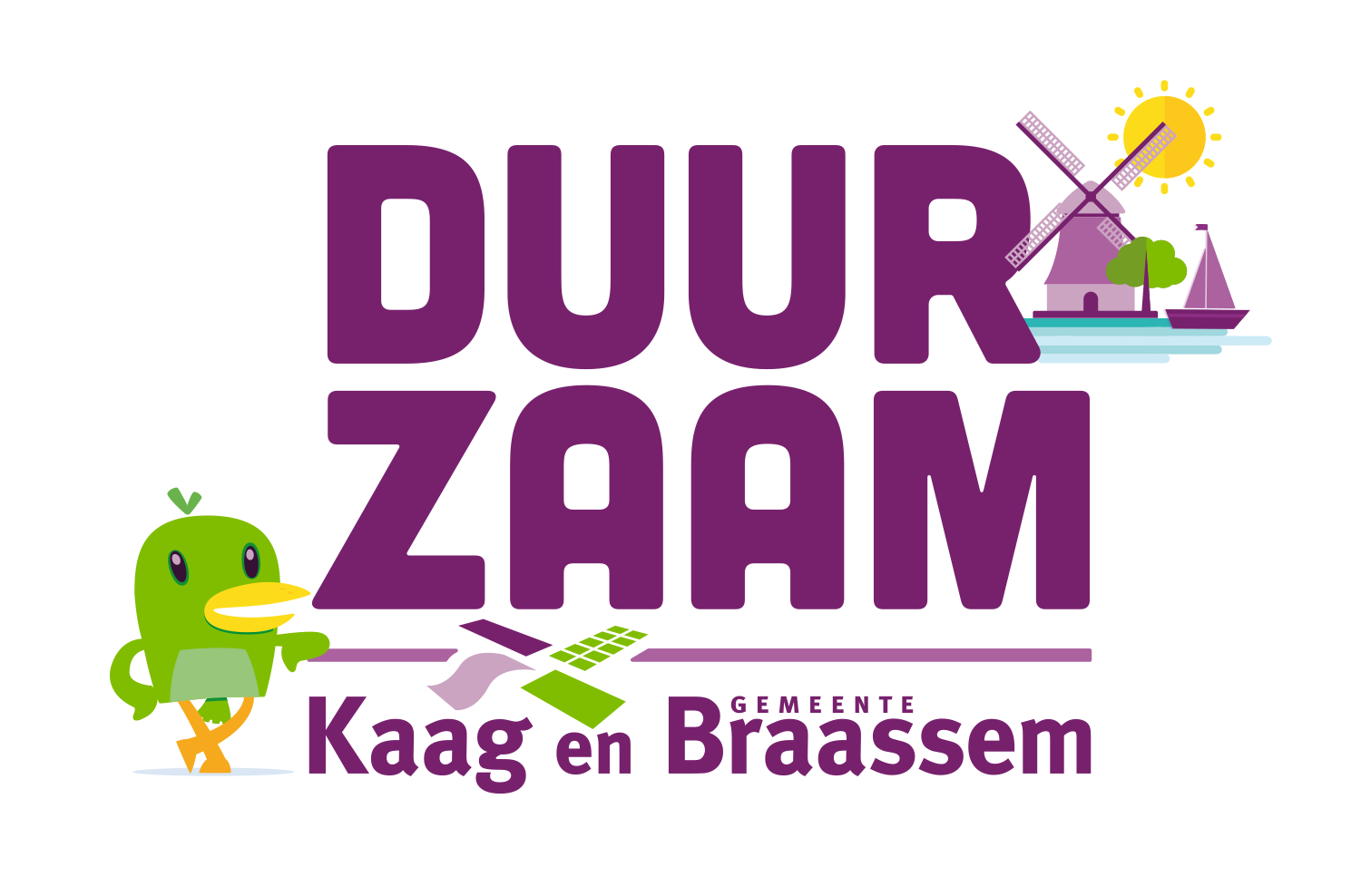A closer look at 3 neighborhoods in Kaag en Braassem
The Municipality of Kaag en Braassem is busy drawing up a heat transition vision for the entire municipality. A scan by CE Delft provided clarity for most of the districts, but 3 of them were not completely sure. Before the municipality wanted to present its plans to the residents, they wanted more clarity.
For the neighborhoods Roelofarendsveen, Woubrugge and Oude Wetering, a study by TheEarlybirds in collaboration with CE Delft brought the solution using the COLONY model. Calculating a number of scenarios gave a lot of insight into the feasibility of a low-temperature heat network.

Guido van Enckevort, sustainability expert at the municipality of Kaag en Braassem:
Process
“I experienced the collaboration with TheEarlybirds and Jasper Schilling of CE Delft as very pleasant. The contact went smoothly: any ambiguities were quickly resolved, questions were answered / responded quickly (by email or by phone) and there was also flexibility. The latter became particularly clear in fulfilling our wish as a municipality to involve (a representation of) most stakeholders early in the process. TheEarlybirds and Jasper also took the time to establish the results and the circumstances under which they came about. Although the COLONY tool is transparent in nature, this is necessary because of the many variables and buttons you can turn. The associated interpretation and explanation of what the consequences are for certain choices was experienced as pleasant by the municipality of Kaag and Braassem.”
Content
“The COLONY tool is a nice instrument to see from a residents’ perspective what collective heating solutions do in relation to individual all-electric variants. This approach fitted in well with the way we are working on the energy transition in Kaag en Braassem. The tool also helps to make the task of the energy transition concrete and transparent for (direct) colleagues / stakeholders, both inside and outside the town hall such as residents, residents’ initiatives, housing corporations, network operators, water boards, colleagues who are working on replacements / adaptations to the sewer system, public green areas, civil engineering, etc. Because of the many different buttons you can turn, you have to think very carefully about which scenarios you want as a client. One danger is that you can’t see the wood for the trees, at least that is what I personally experienced. In our case, we also started to think after getting the results: “And now I want to know this, and this, and this.” That can become a never-ending story. ”

